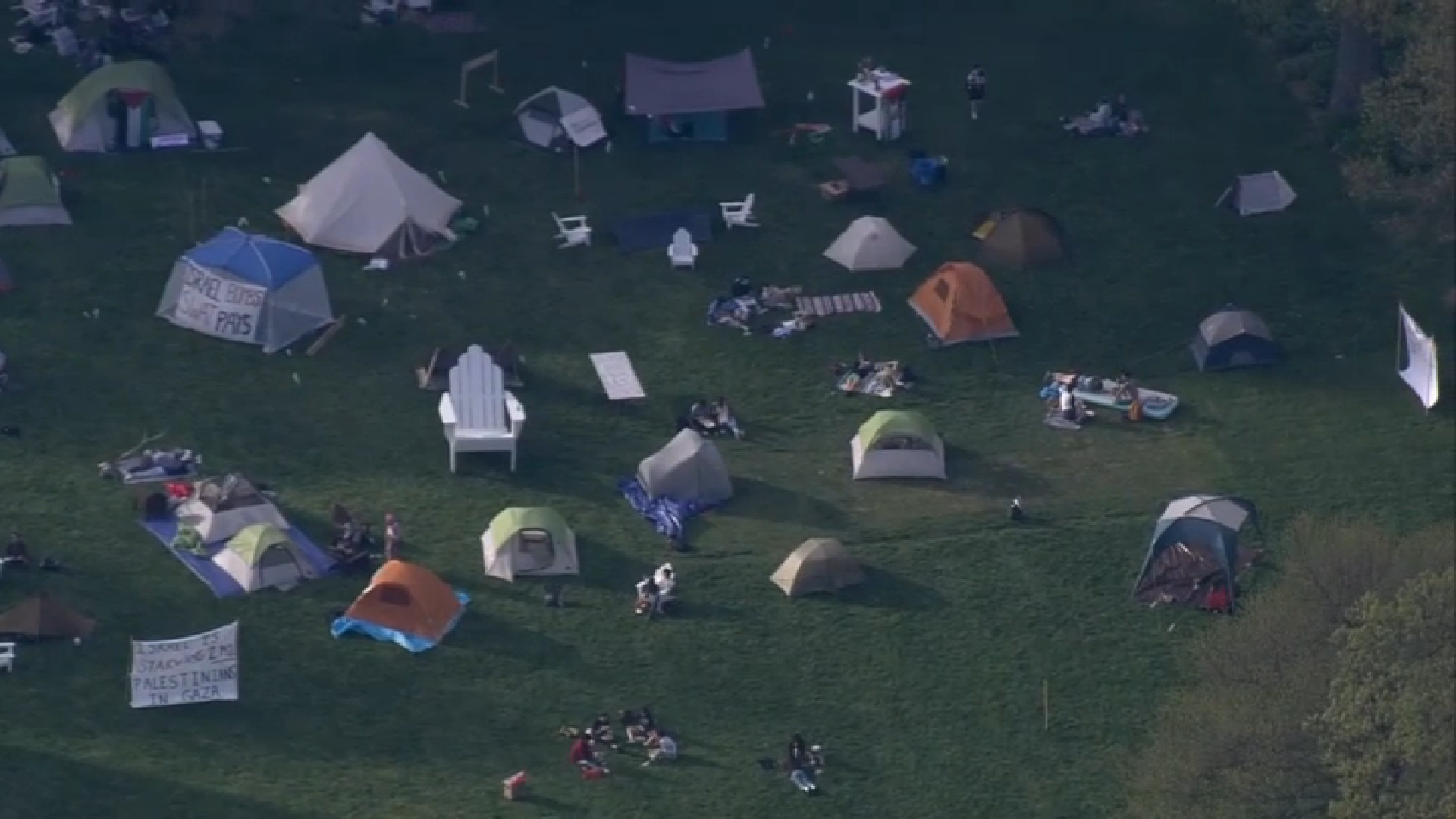Researchers at Carnegie Mellon University and Astrobotic Technology have unveiled a lunar rover they hope will win their team $20 million in an international competition sponsored by search engine company Google.
The rover nicknamed Andy is a solar-powered, knee-high, four-wheeled robot.
Under terms of Google's LunarX prize, the winner must get their rover to the moon and have it travel about a third of a mile on the lunar surface by the end of 2015. The device must also be able to transmit video of its progress to Earth.
The point of the international competition is to promote privately funded lunar exploration, which is also the point of Astrobotic Technology, which was spun out of the university in 2008 by CMU robotics professor William "Red" Whittaker. The company's website said it is "pioneering affordable planetary access that promises to spark a new era of exploration, science, tourism, resource utilization, and mining."
The school and company are trying to raise money for a launch sometime next year.
For now, though, the university and the spin-off company are one of 18 teams worldwide vying for the prestige and money that would go with winning the Google-sponsored competition.
Andy is the third rover the team has built since it entered the Google competition seven years ago, and the best so far, Whittaker said.
Local
Breaking news and the stories that matter to your neighborhood.
"It drives better. It handles well," Whittaker said. "It certainly will handle anything the moon will throw at it."
The lunar rover uses computers and cameras that enable its earthbound operators to see where the rover is going and steer it.
The $20 million Google prize will go to the first team who can rocket their rover to the moon, have it drive at least 500 meters on the surface and send back high-definition video to earth. Research teams can earn bonus money if their rover can survive a 14-day lunar night and restart, if it travels more than five kilometers (about 3.1 miles) and if it can explore sites reached by Apollo astronauts in the late 1960s and 1970s.



